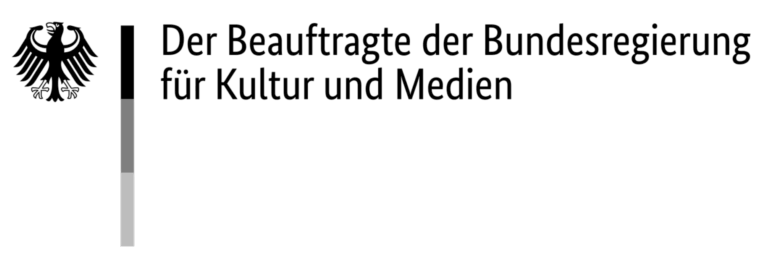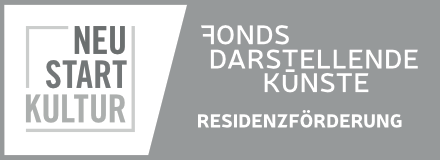
We started a working session at the Kammerspiele together with our mentor Sophie Einsried, the conversation focused on the concept or principles of party and territory: how this space can become a safe and vulnerable space at the same time, where different bodies can interact but also how this becomes exclusive. Where does the resistance go, and who is aiming for the territory? What is the actual ground?
Later on we went to different spaces around Munich like Habibi Kiosk, a place for active communities, questioning their participation in the scene and the city. Also we have visited the Haus der Kunst with a guided visit with Sarah Theurer. We saw different exhibitions like „ars viva 2025“ , „Shu Lea Cheang. Kiss Kiss Kill Kill“ and “Velvet Terrorism: Pussy Riot’s Russia”. Finishing our city tour at the Nebyula Rosa Stern Space, where we had a conversation with some of the artists. We got inspired by the journey we had in the city, reflecting on how to create an environment, how to place questions, how our work can be situated in a context like central Europe, and the different formats in which the body can take place in an exhibition for example. By sharing experiences in residencies with the artist at Nebyula we disclose the fact of being together as groups, to cook, to leisure, to organize as a group and hold each other through the experience of creating abroad, accepting that all of this is part of the work and the creative process, too.
We continued the week finding and reading materials about historical and political context of these two regions:
– “Qaraqara-Charka: mallku, inka y rey en la provincia de Charcas” by Tristán Platt
– “The Art of Not Being Governed” by James C. Scott
– “FROM THE ISLAND ‘S POINT OF VIEW. WARFARE AND TRANSFORMATION IN AN ANDEAN VERTICAL ARCHIPELAGO: MACHA (NORTHERN POTOSÍ, BOLIVIA)” by Tristan Platt
– “Venus in Two Acts” by Saidiya Hartman
– “The Art Of Freedom – a brief history of the Kurdish liberation struggle” by Havin Guneser
The reading sessions led us to share and discuss among us and around the question on what is the core of our work? What is the world we are building? How to create a narrative, how to write one. And how to bring the voice to the movement, in video or on site.
We found connections in all material above and strategies like:
– early statemaking processes
– how the texts above can reach affective colonial wounds through a specific political context
– the empire/ state’s creation of the periphery as opposite to the center, and with it an ethnification, stigmatization of its inhabitant as “uncivilized” and “primitive”, those who are not-yet-incorporated or to choose to be ungoverned vs. civilized, the ones who serve the state
– double colonization by foreign interventions and local governments
– the language as a strategy of resistance and survival
– “critical fabulation” when working with archives filled with violence, where fact and fantasy go hand in hand
– “What is required to imagine a free state or to tell an impossible story?”
“both to tell an impossible story and to amplify the impossibility of its telling” (Saidiya Hartmann)
One strategy and proposal to create the digital world through speculation and critical fabulation is to set a questionnaire on the following topics. We have answered as a group part of the questions and we will continue next week also accompanied by our mentor.
– temporal and rhythmic foundations
– territory as archive and embodied memory
– game design theory
– speculative and emergent futures
– entanglement (in the two archives for example)
– critical fabulation and storytelling
– collaborative creation and ethics
– environmental and aesthetic mood
Regarding our practical work:
– We continued the 3d scans amplifying the ideas of our first tryout, acknowledging the element of time displacement for the creation of this virtual world.
– We improvised on the mixing of the music of the two archives, using two platforms on stage.
– Also regarding music the mix of field recordings of these two different contexts made us travel through different memories and set us in a meditative state.



flausen+headquarters
Alexanderstraße 124
26121 Oldenburg
flausen+gGmbH
Klävemannstraße 16
26122 Oldenburg
Das überregionale Netzwerk flausen+ wird gefördert von dem Beauftragten der Bundesregierung für Kultur und Medien über das Programm “Verbindungen fördern” des Bundesverbands Freie Darstellende Künste e.V.
Gefördert vom Fonds Darstellende Künste aus Mitteln des Beauftragten der Bundesregierung für Kultur und Medien im Rahmen von NEUSTART KULTUR.
Gefördert vom Fonds Darstellende Künste aus Mitteln des Beauftragten der Bundesregierung für Kultur und Medien.



